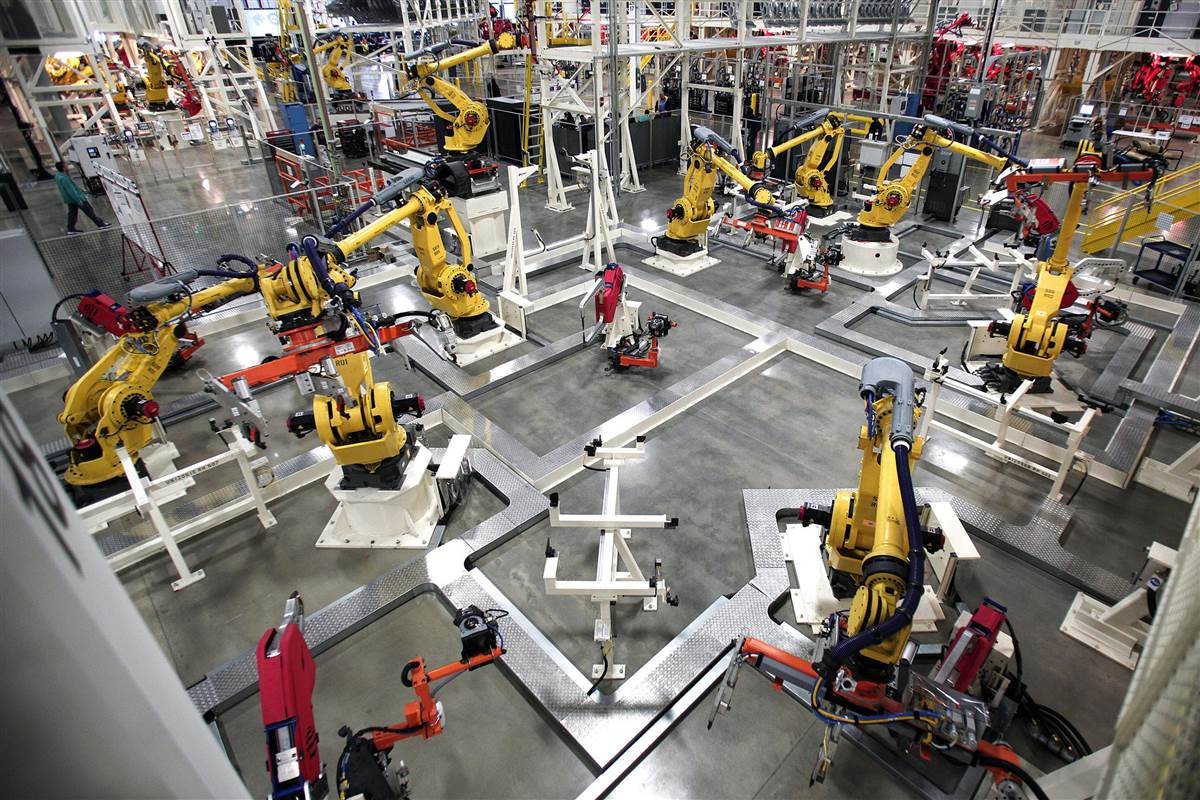Automated China –Mass-Producing the Future

The Chinese industrial economy has evolved significantly from the 1980, not only in terms of scope but also of sophistication. From being maligned as the world’s largest single source of cheap imitation goods, the nation now produces officially licensed products of the world’s most famous brands.
This shift from the inward-looking policies of the Cold War period and embrace of capitalism was a deliberate move by the Communist government in apparent contradiction to its own declared values system of equality and rejection of social class.
This dichotomy lives on today. One would be remiss to underestimate the capacity for innovation that China has demonstrated in the past decades, a quality it continues to personify.
The containers of fake designer apparel and accessories have now been replaced by reports of fake Ferraris; accusations remain in defence circles that its new generation of military hardware is the product of reverse-engineered products initially bought from Russia or based on stolen U.S. blueprints.
Legal and moral issues aside, the Chinese capacity and competence for innovation has driven its national economy as well as the world’s. The boom in the cheap consumer electronics market that started over three decades ago was a direct result of the Asian nation’s commitment to building a rock solid economy.
Other developing nations like India, Vietnam and Brazil have adopted the same model in hopes of replicating China’s accomplishments, to varying degrees success.
The China success story is not just one of policy; it is just as much indebted to tens of millions of Chinese citizens who dedicated themselves to reinventing a vulnerable economy shackled by protectionism. They took Henry Ford’s concept of the production line and transformed it with ingenious creativity to adopt a then-nascent trend – industrial automation.
The image of cavernous Chinese factories with hundreds of workers toiling diligently away was a symbol of the country’s rise as an economic superpower in the last century. Today, that scene is still not hard to find; however, the march toward the financial, quality control and management benefits that automation offers to manufacturers is changing the labour landscape.
Official statistics show a marked trend away from manufacturing employment, a shift that has accelerated in the past two years. Lights-out companies – those in which no people are employed and work is done solely by automated robots – might be the way of the future in China.
Of course, industrial automation is hardly an exclusively Chinese phenomenon. The robot-to-human ratio in the United States, Japan and South Korea are four, nine and thirteen times respectively greater than China’s. Scandinavian companies like Pall-Pack that specialise in automated packing solutions lead the trend in Europe.
While the Chinese government has initiated policies to promote industrial automation, the change is as much a result of the steady rise in Chinese wages since the millennium. The departure from mass low-level, low-cost labour was always on the cards, ironically as a direct result of the economic miracle that it helped China accomplish.








